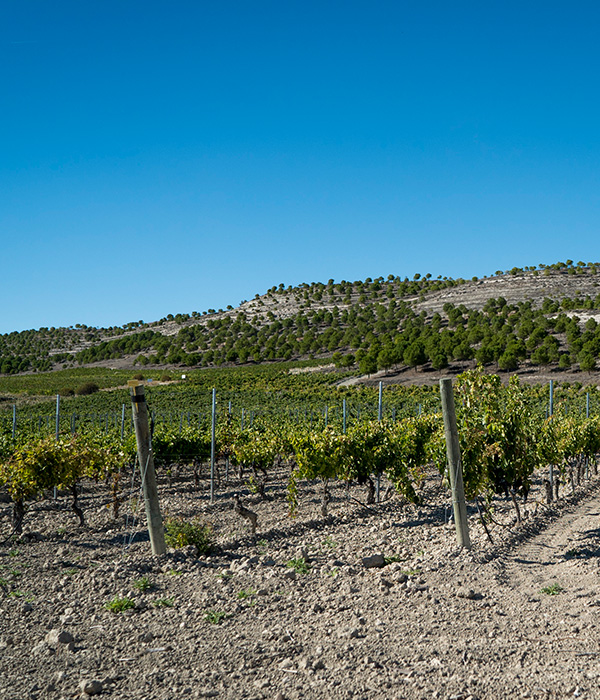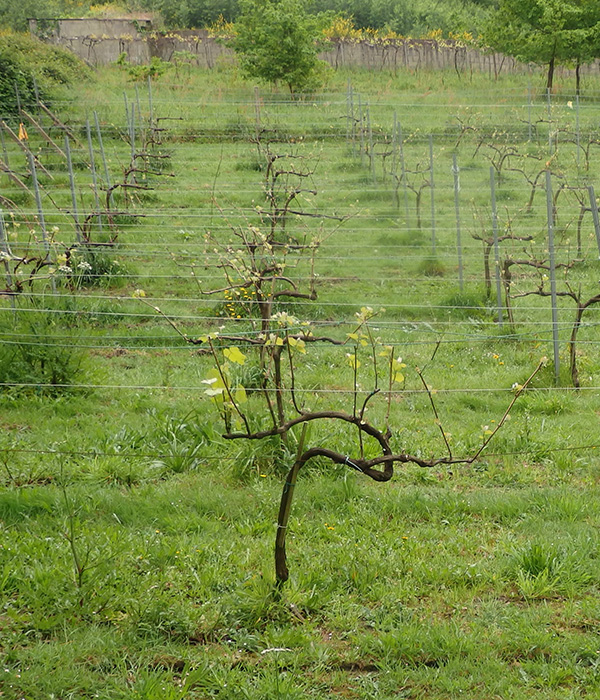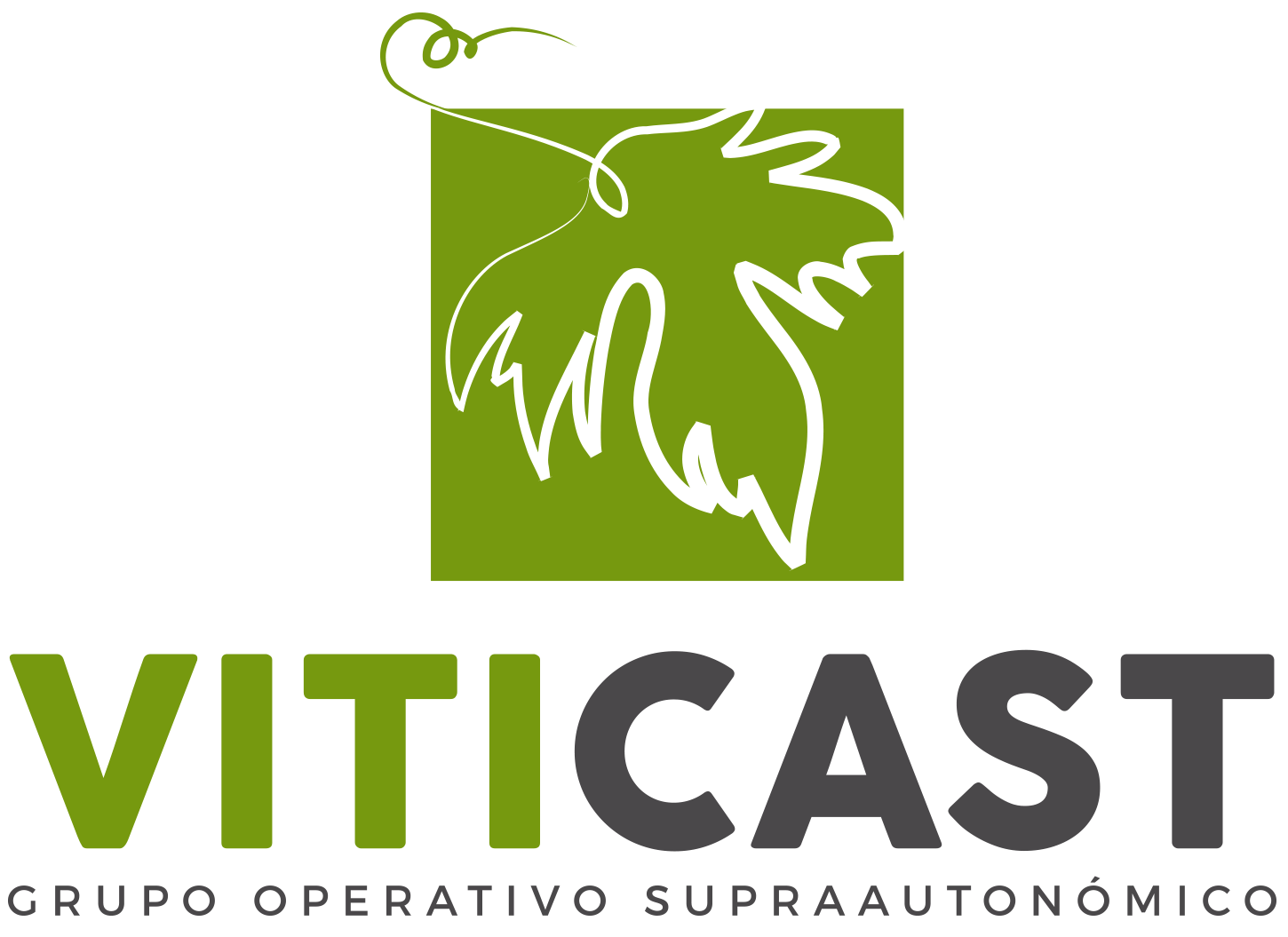¿Qué es VITICAST?
Es un Grupo Operativo supra-autonómico cuya finalidad es aportar soluciones innovadoras en la predicción de enfermedades fúngicas en el viñedo.
Tiene como objetivo la optimización de la producción y el desarrollo sostenible del cultivo de la vid en las provincias bioclimáticas más importantes del noroeste peninsular (parcelas objeto de estudio ubicadas en las DDOO Rías Baixas, Ribeiro, Valdeorras y Ribera del Duero) a través de la innovación en el manejo de enfermedades fúngicas de mayor incidencia (mildiu, oídio y botritis).
Se desarrolla en el proyecto una herramienta de aviso de posibles infecciones en la que se combinarán: datos meteorológicos medidos a pie de parcela, predicción de los estados fenológicos de la vid y concentración de esporas e inóculo necesario para que se produzca la infección. Esta herramienta permitirá estimar con antelación la producción de cosecha, así como reducir los tratamientos antifúngicos aplicados en viñedo. Facilitará, por lo tanto, el trabajo de cooperativas y bodegas vitivinícolas, contribuyendo a la elaboración de un vino de mayor calidad y a una producción más sostenible, al minimizar la incidencia de la aplicación de fitosanitarios en el medio ambiente.

Parcela objeto de estudio en la DO Ribera del Duero

Parcela objeto de estudio en la DO Rías Baixas
What is VITICAST?
VITICAST is a supra-autonomous Operational Group whose purpose is to provide innovative solutions for the prediction of fungal diseases in vineyards.
Its objective is the optimization of the production and the sustainable development of the vine cultivation in the most important bioclimatic regions in the Spanish northwest (vineyards under study are located within the following Appellations of Origin: Rías Baixas, Ribeiro, Valdeorras and Ribera del Duero) through the innovation in the management of fungal diseases of higher incidence (downy mildew, powdery mildew and botrytis).
The project is developing a tool for the forecasting of possible infections which will combine: meteorological data measured at the vineyard level, prediction of the phenological stages of the vine and concentration of spores and inoculum necessary for the infection to occur. This tool will allow estimating the crop production in advance, as well as reducing antifungal treatments applied in the vineyard. Therefore, it will facilitate the work of cooperatives and wine cellars, contributing to the production of a higher quality wine and a more sustainable production by minimizing the impacts on the environment related to the application of phytosanitary products.

